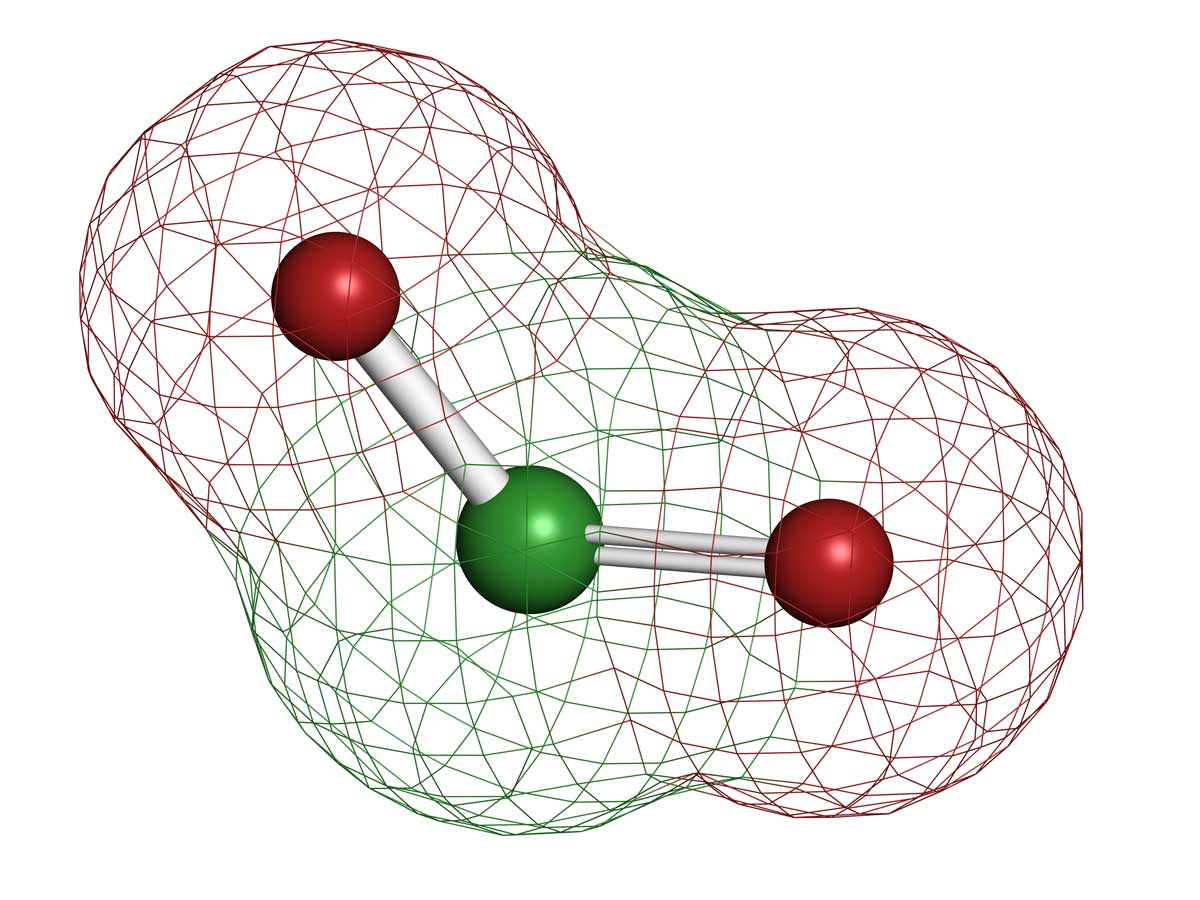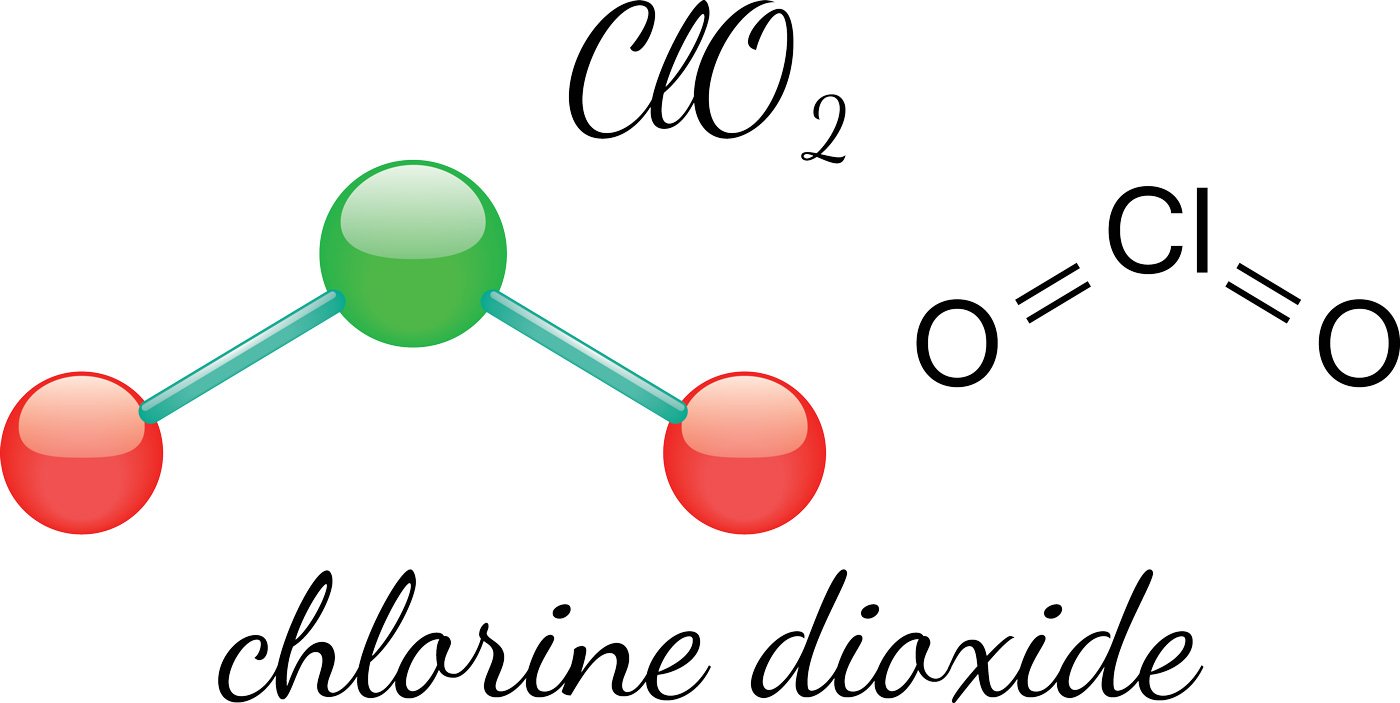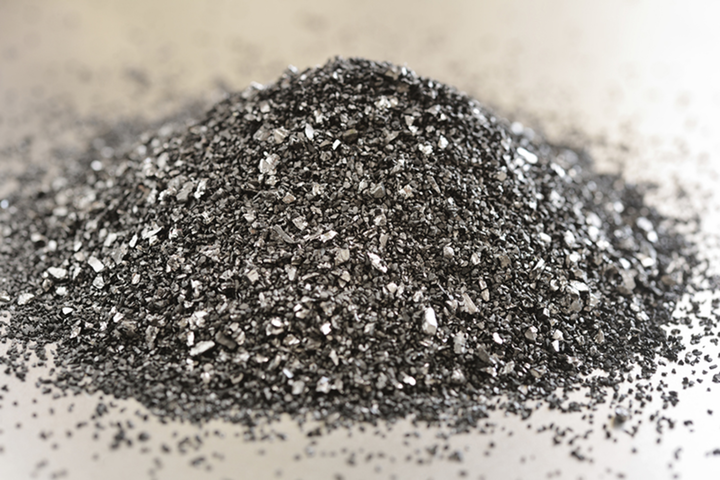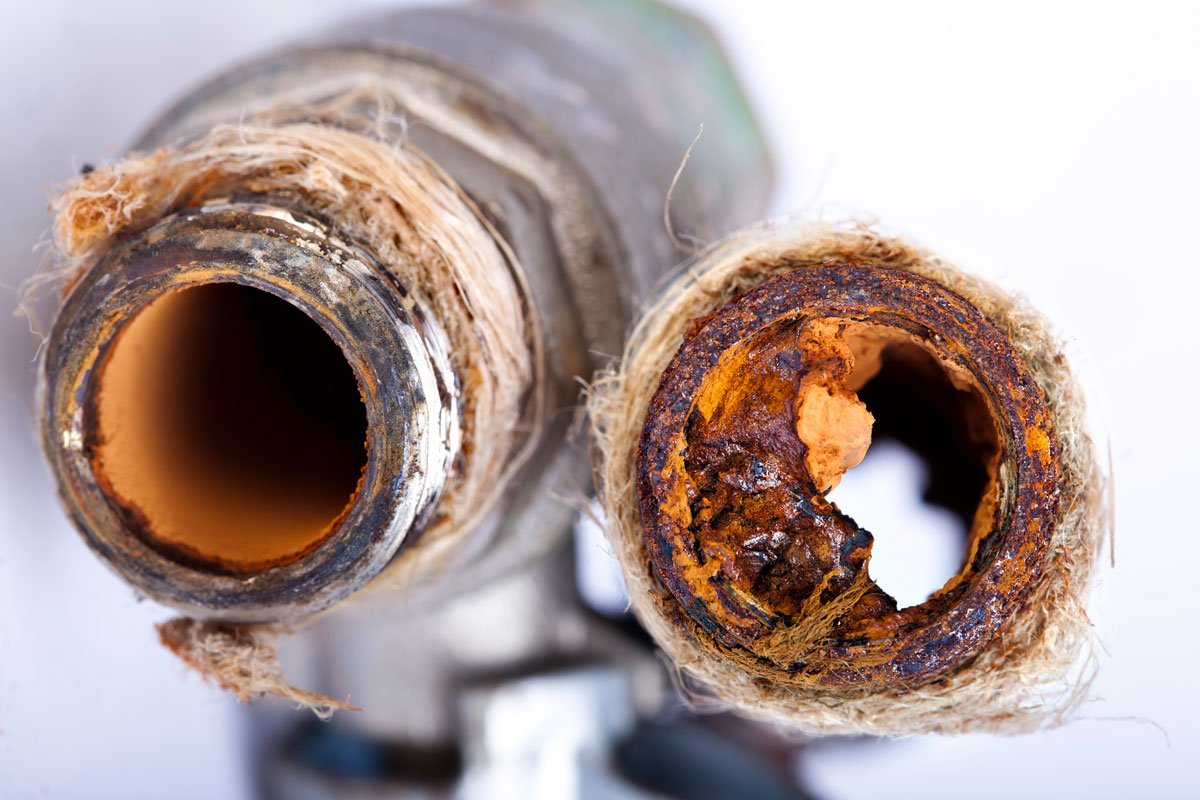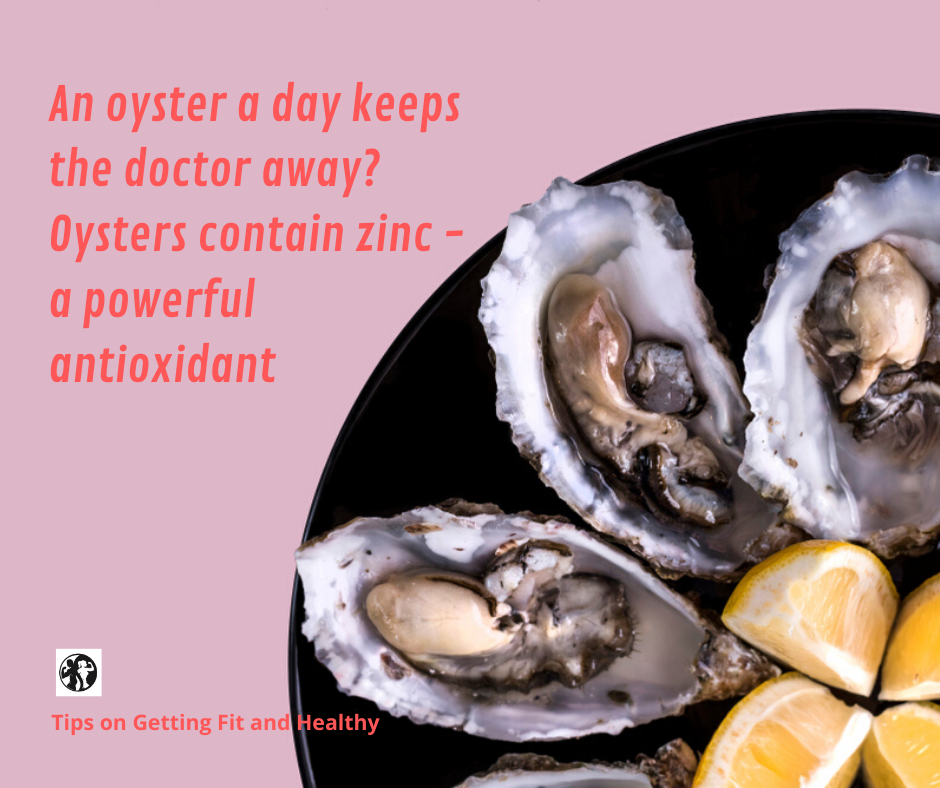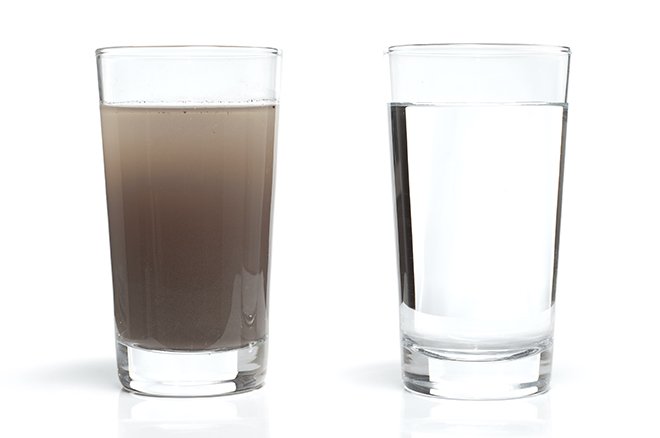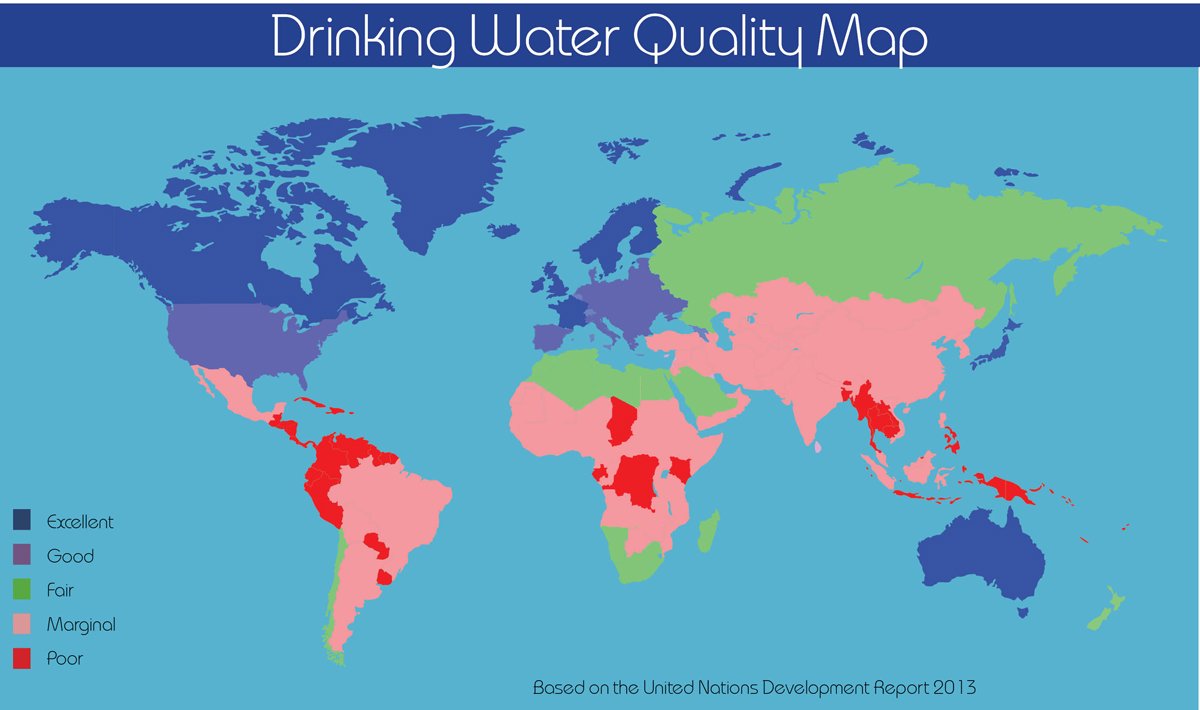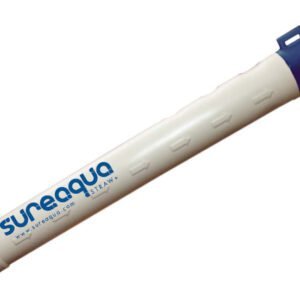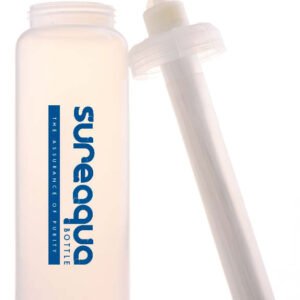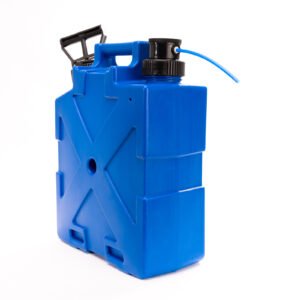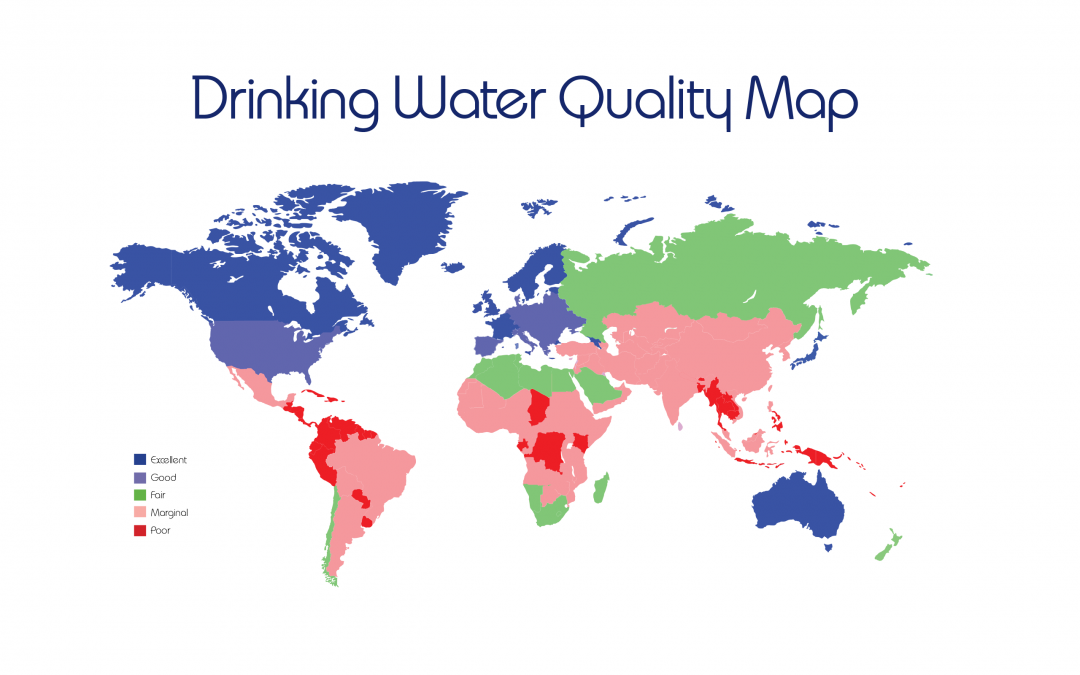
Fresh Water With Water Cleanser
Should I drink the water in developing and 3rd World Nations?
Many establishing and under-developed and 3rd world nations in Asia and Africa do not have pure, safe, and drinkable drinking water. Bacteria and infection trigger severe diseases like typhoid, polio, gastroenteritis, to name a few. It refers fantastic issue as water-borne diseases are rampant in the poorer parts of the world, declaring many lives, especially of kids. A water purifier and water cleanser must be a mandatory requirement in most houses in these parts of the world.
Excellent quality water purifiers and filters will provide water that is pure in all aspects like physically, microbiologically, and organically with no opportunities of being polluted once again—installing a water filter and purifier guarantees that we get pure water right from the tap. Water filters, water purifiers, and water cleansers are available in numerous sizes to cater to various needs. From portable to fixed.
FACT: 95% of all water in lakes and rivers has some level of non-drinkable bacteria
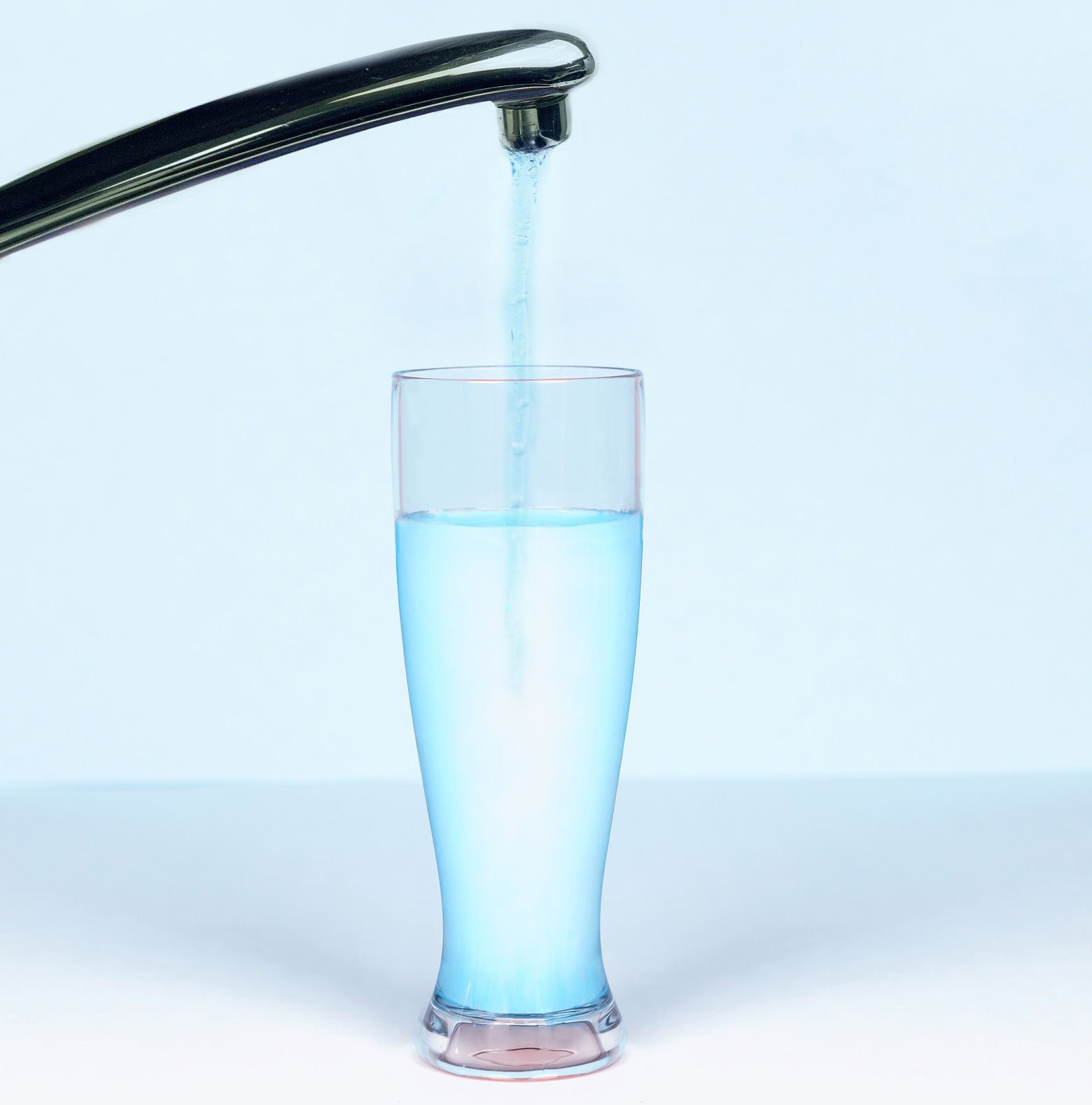
Find the best water cleanser in the market
Sure Aqua portable water purifiers, filters, and water cleansers may not be the lowest price but have the highest quality. Many companies use inferior materials to purify and filter the water. The water filters and purifiers in fixed locations, like kitchens, bathrooms should use household-designed water cleansing systems.
For larger establishments like hospitals, hotels, shopping centers must use larger sophisticated purification systems.
Did you know that water composition is different between regions everywhere!
What is the best water cleaning technique?
There are many purification techniques and filtration systems take are able to remove most of the hazardous and harmful chemicals, minerals and metals, microbes, and bacteria or infection.
For example, they may clean the water using reverse osmosis procedure. This is not a typical technique of water purification and can be used in small portable or camp purifiers as it requires lots of power and there is up to 80% wastage of water. It is only practicable in large environments such a community water plants. The reverse osmosis membranes eliminate the majority of the damaging components. They can also tolerate severe pH pressure without leaking or breaking. However, for this resilience, the system needs to be made with an eye on the quality.
Setting up Sure Aqua portable water systems, water cleansers is entirely hassle-free. Sure Aqua is completely transparent, providing all the information required to making an easy choice to purchase online. This is a benefit for very busy persons who are unable to visit the store within stipulated hours.
For fixed water cleaning solutions such as households, hospitals, hotels, Sure Aqua is not the solution. They specialize only in portable water cleansing solutions where people are on the move or in disaster or emergency solutions. They are ideal for hiking, camping, RV’s, 4WD, trekking, or when traveling and staying in hotels.
There are many different water purifying, water cleanser, water filtration brands in the market, and we encourage you to review their products. We are sure that you will return to our products if you are looking at portable water cleansers as they are built in a reputable country, Australia.
Water Cleanser Guarantees
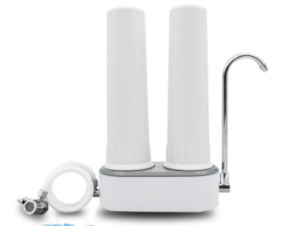 Most makers offer guarantees. In case of part replacement or breakdown, the service, for the most part, is timely and as much as the mark. Maintenance is similarly easy without any headaches. Price is constantly a big concern, but the majority of the systems are really cost reliable.
Most makers offer guarantees. In case of part replacement or breakdown, the service, for the most part, is timely and as much as the mark. Maintenance is similarly easy without any headaches. Price is constantly a big concern, but the majority of the systems are really cost reliable.
Water purification systems are a requirement not only for domestic functions. However, they are commonly utilized in nursing homes, health centers, and in research laboratories. All these locations require pure, clean water, and only the best systems are installed as there is no compromise when it concerns quality.
3rd World and Developing Countries Water household requirements
Unfortunately, in most homes in 3rd world and developing countries, water cleaners have not been designed into houses. Often, it is very difficult, if not impossible, to install a fixed water cleaning system. Only portable water filtration and purification systems are an option.
Water purifier and water cleansers is a necessity for homes in these parts of the world.
Excellent quality water cleanser will provide water that is pure in all respects like physically, microbiologically, and organically without any opportunities of being polluted again. Setting up a water cleanser makes sure that we get pure water right from the tap. Installing a Sure Aqua water purifier is totally straightforward.

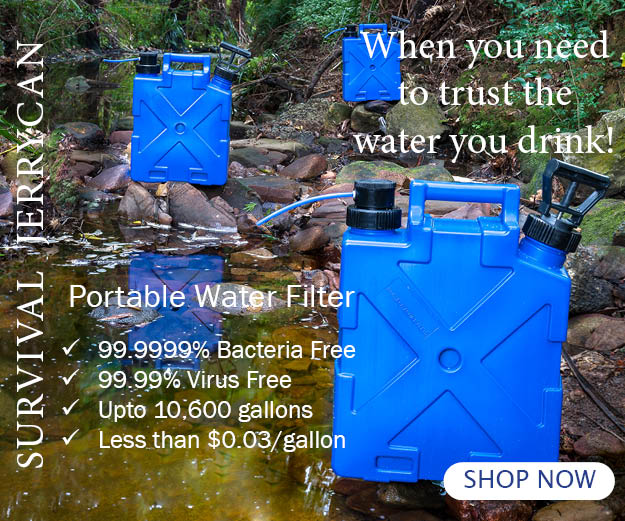
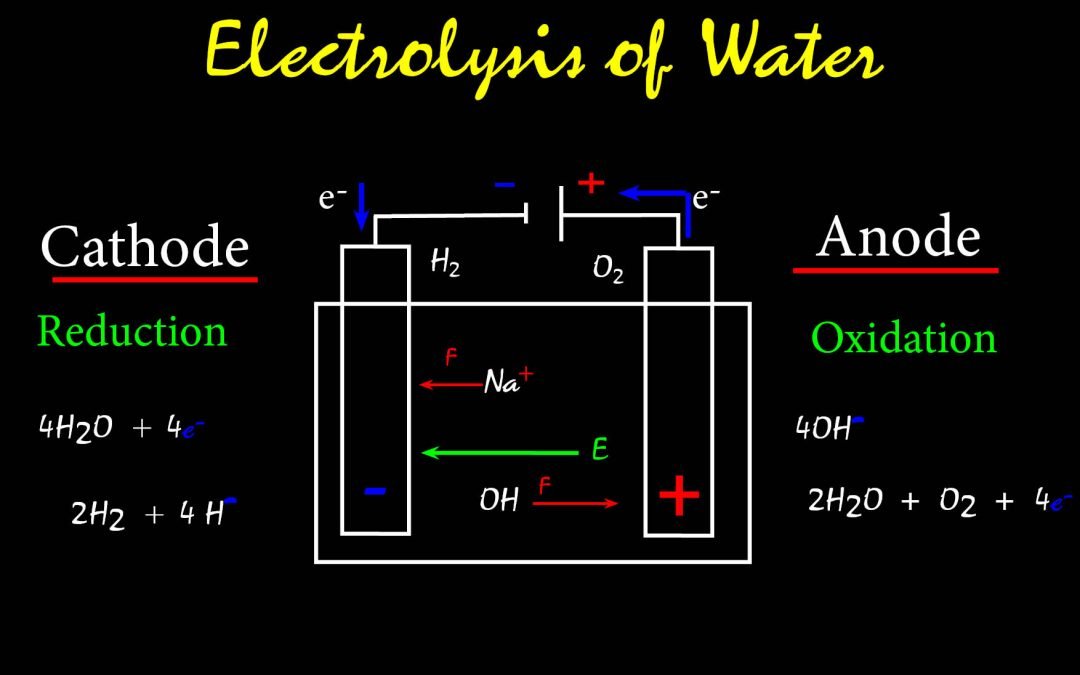
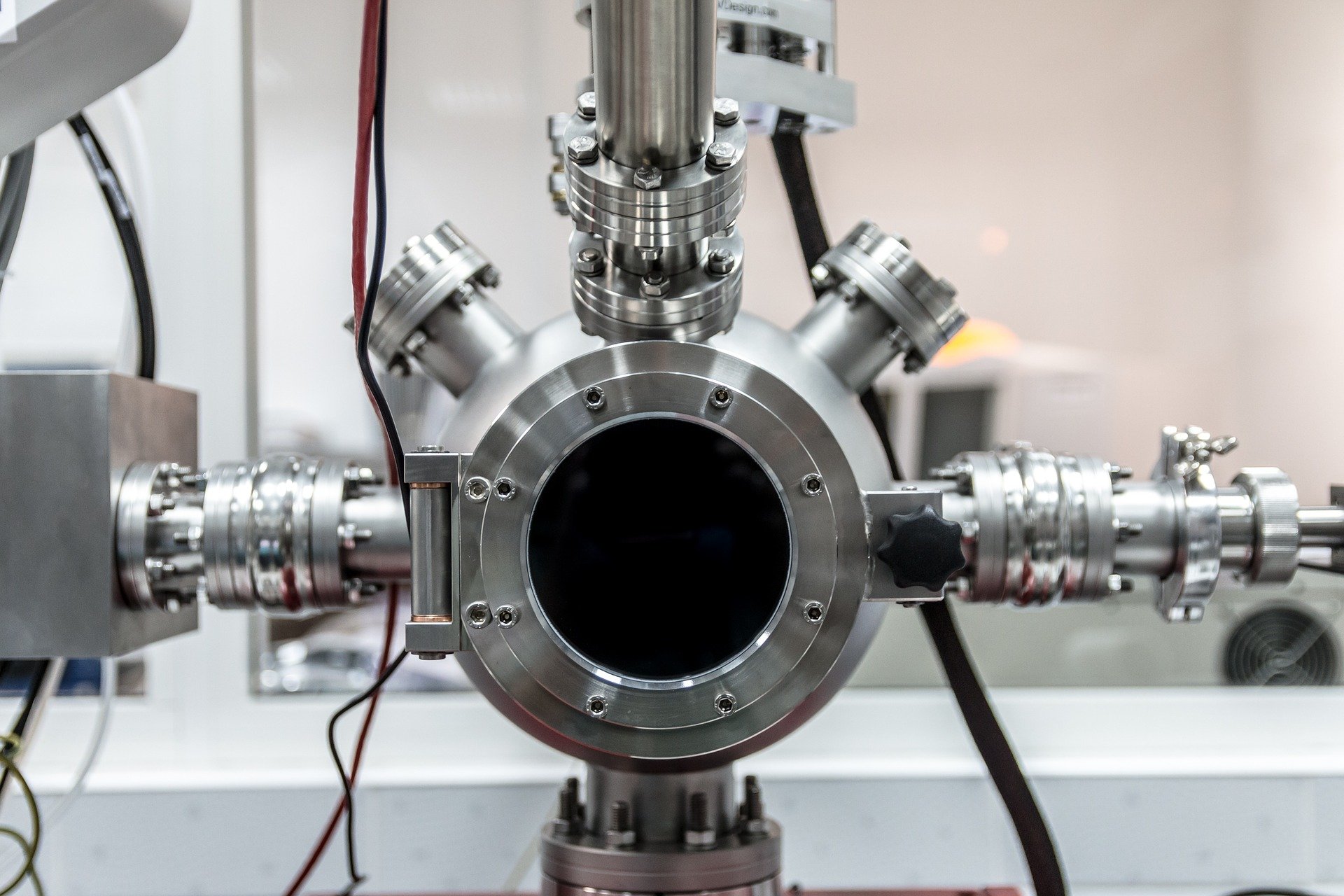
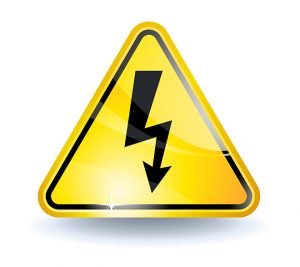 In spite of the numerous negative reactions to
In spite of the numerous negative reactions to 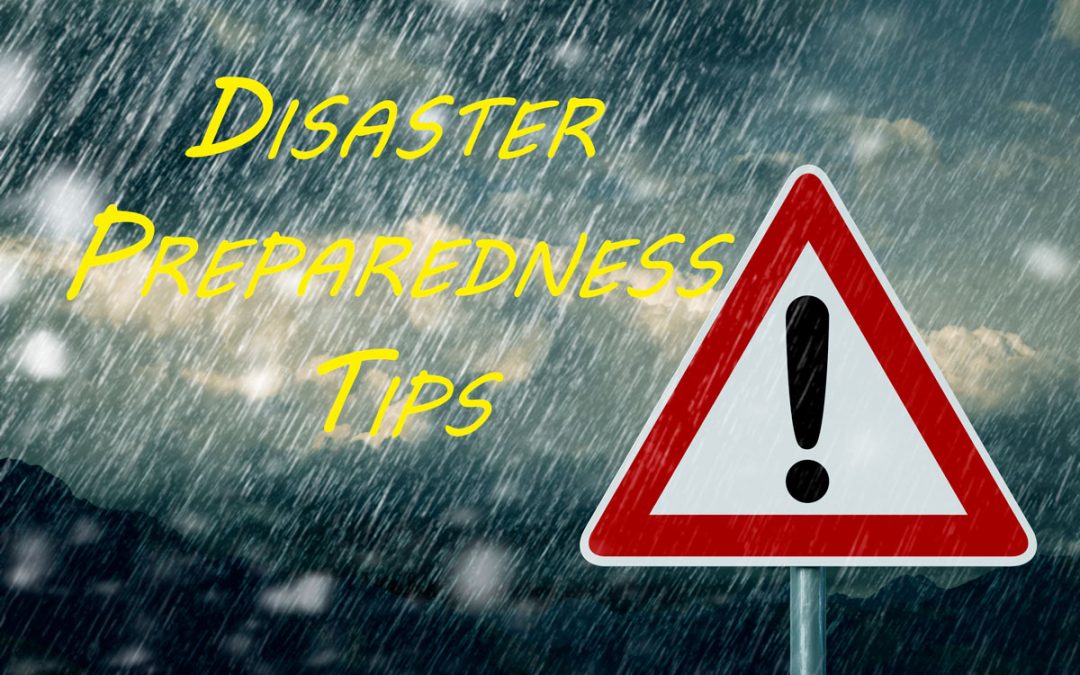
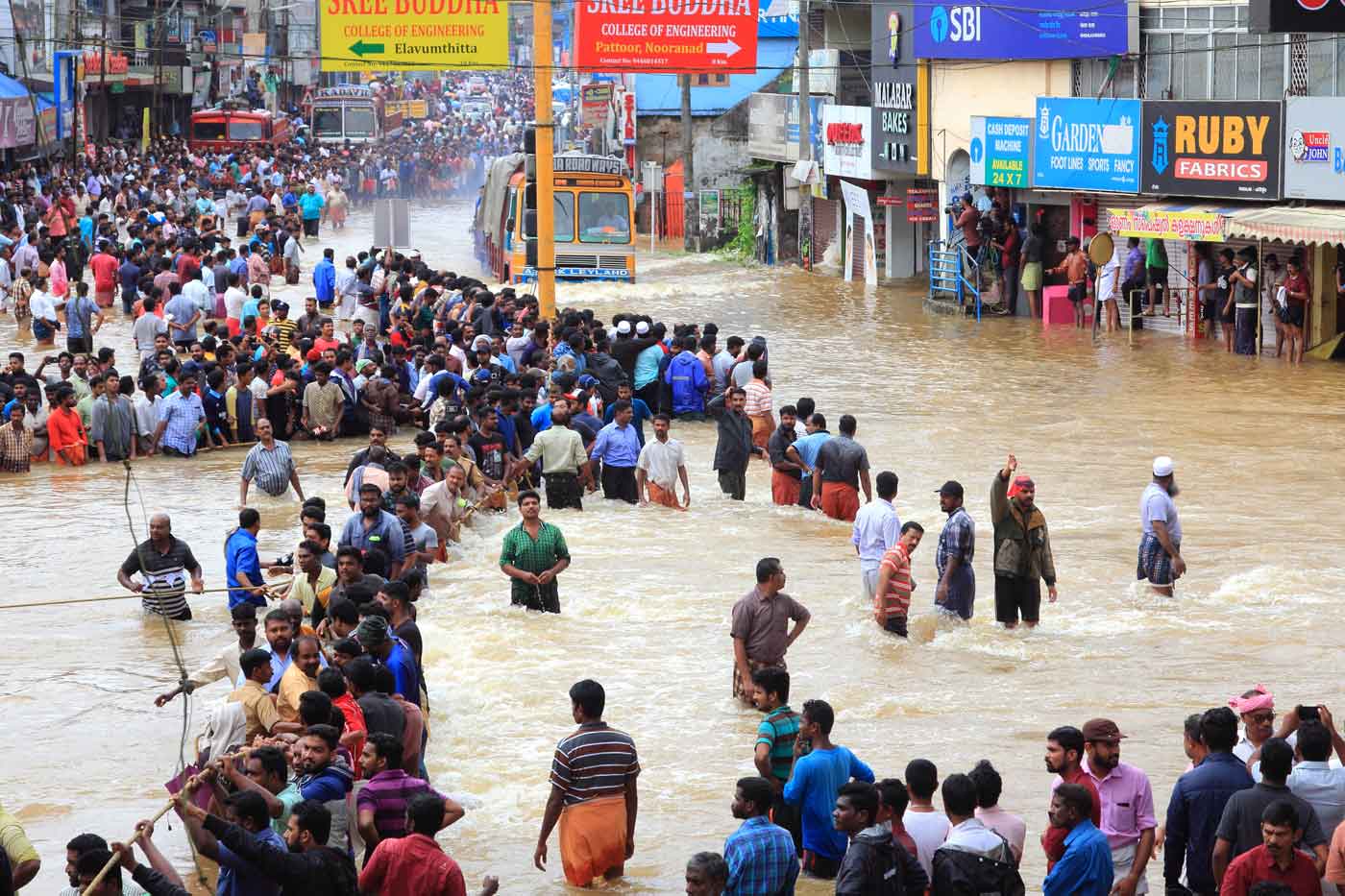
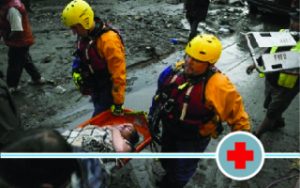 Besides your water filter or packaged water, food, shelter, lighting, a communication device (radio), waterproof matches, and tools, you will also want to figure out other things that you may find useful if your survival situation is for an extended period of time. I keep three full kits (complete with MRE food and a portable water filter) packed away just in case I may need them sometime in the future. You will probably want to get a small emergency kit or disaster readiness kit to start with and add to it over time.
Besides your water filter or packaged water, food, shelter, lighting, a communication device (radio), waterproof matches, and tools, you will also want to figure out other things that you may find useful if your survival situation is for an extended period of time. I keep three full kits (complete with MRE food and a portable water filter) packed away just in case I may need them sometime in the future. You will probably want to get a small emergency kit or disaster readiness kit to start with and add to it over time. 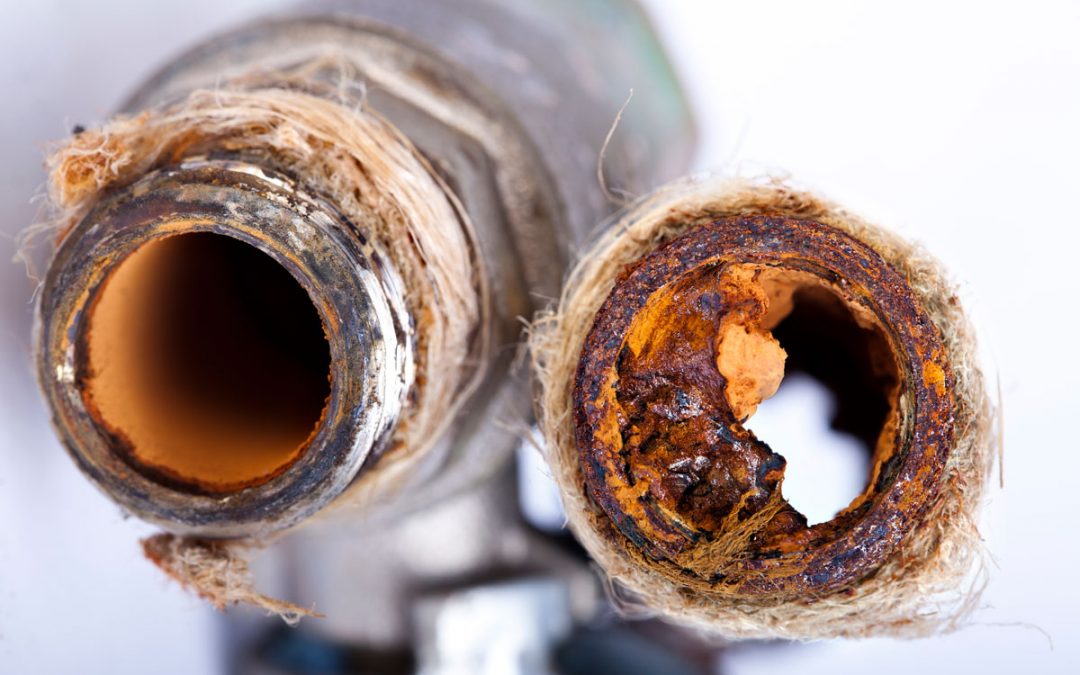
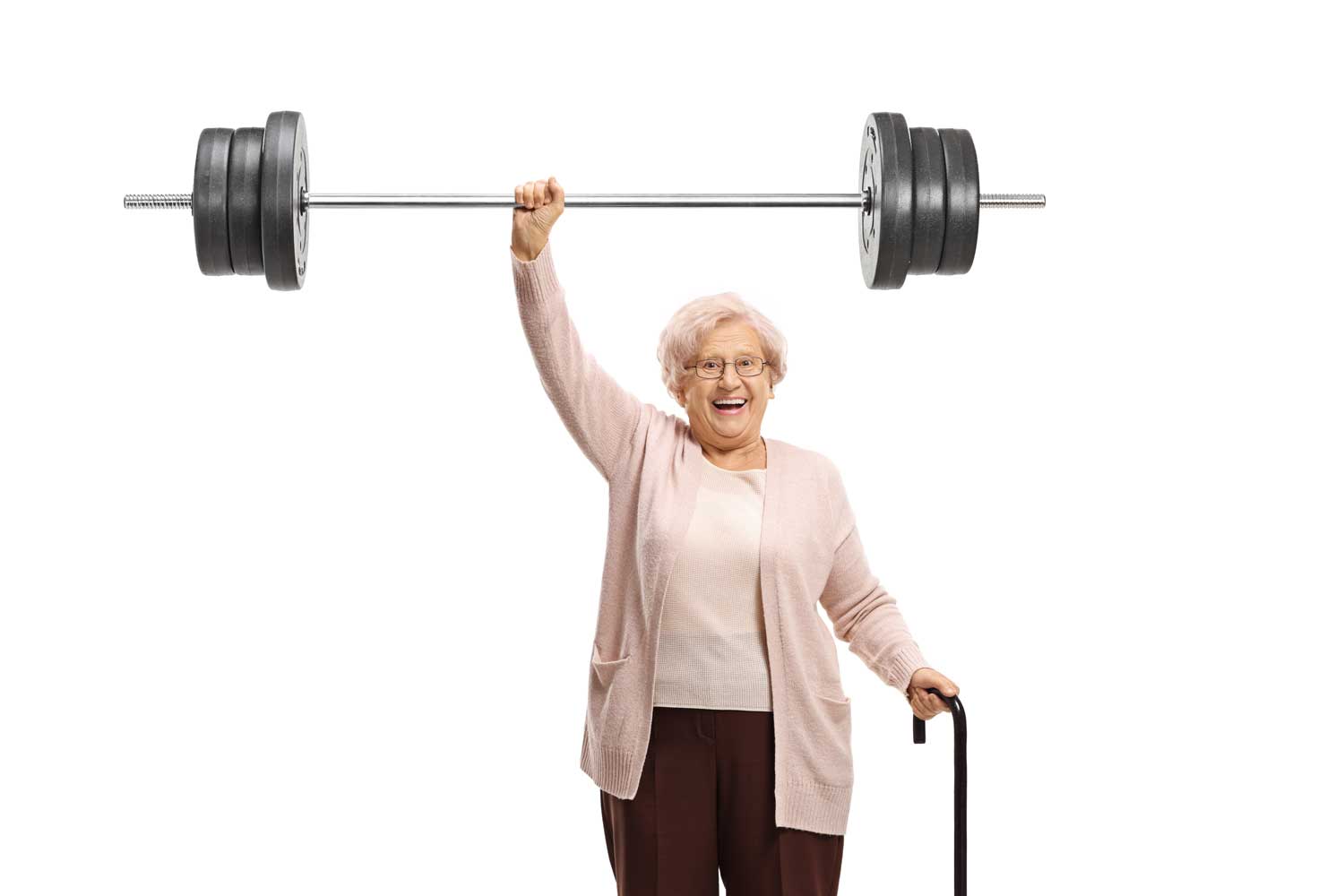
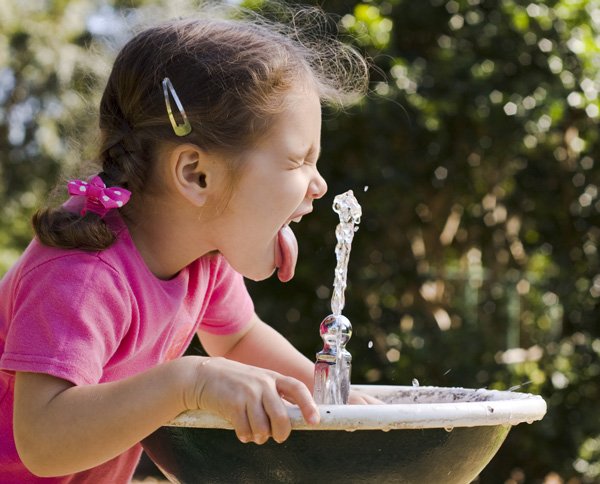
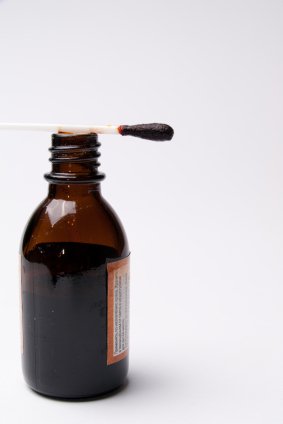 Iodine is a naturally occurring element and is present in many forms. It occurs naturally in the environment. Iodine reaches our waterways through a natural leaching process. It is also contained in table salt. At natural levels of concentrations, Iodine is normally safe for all. It is present in seawater and well as in tap water.
Iodine is a naturally occurring element and is present in many forms. It occurs naturally in the environment. Iodine reaches our waterways through a natural leaching process. It is also contained in table salt. At natural levels of concentrations, Iodine is normally safe for all. It is present in seawater and well as in tap water.